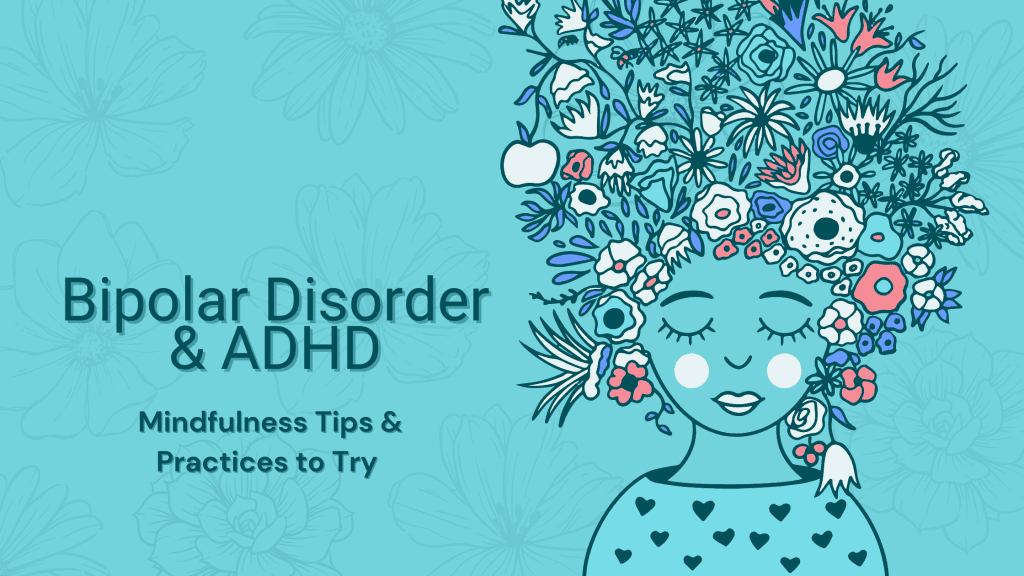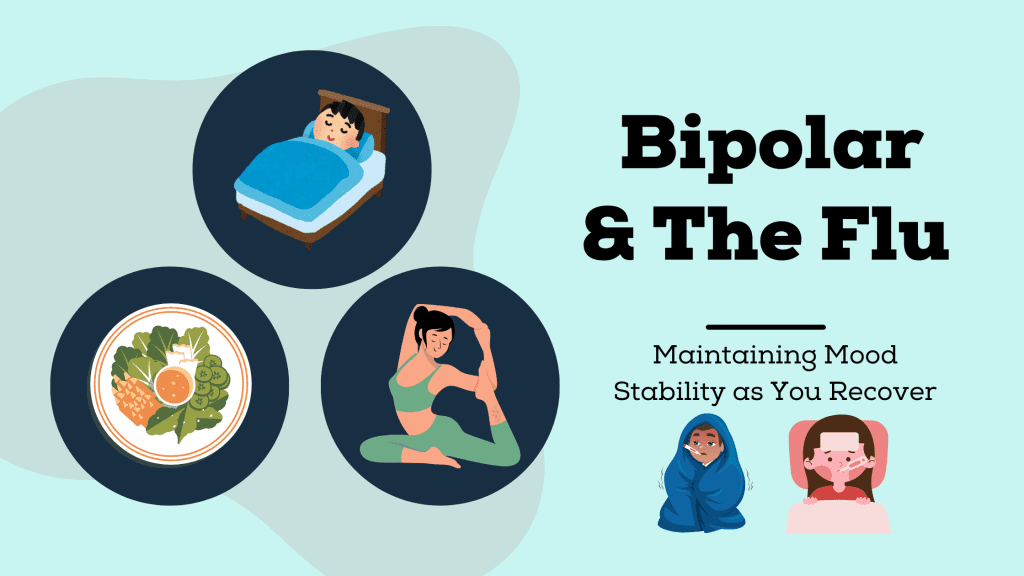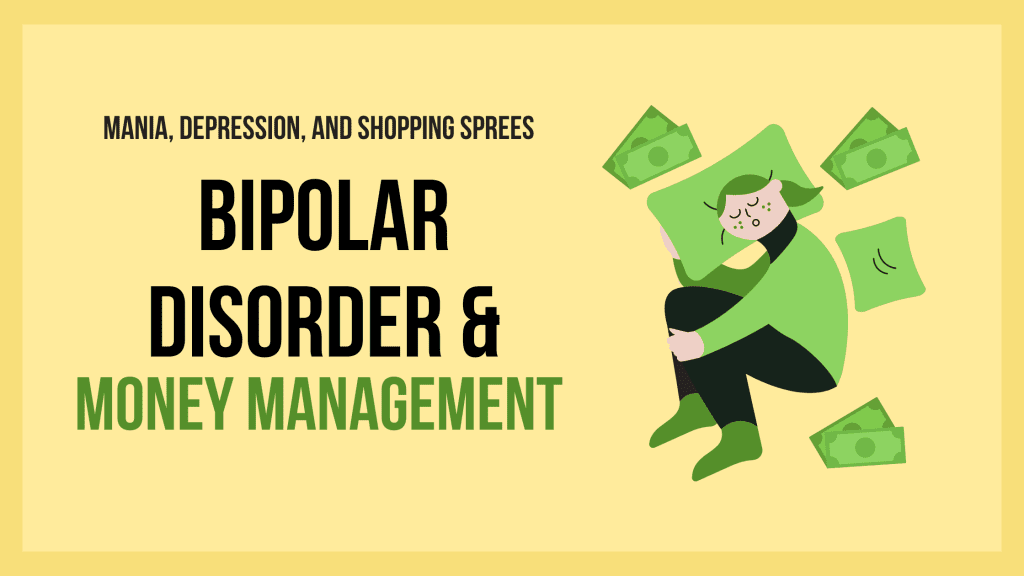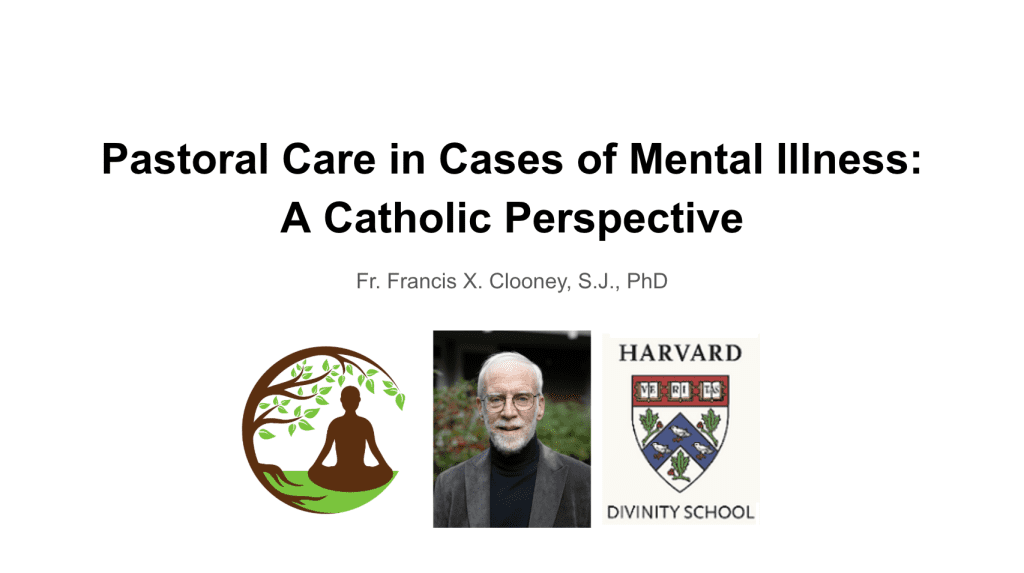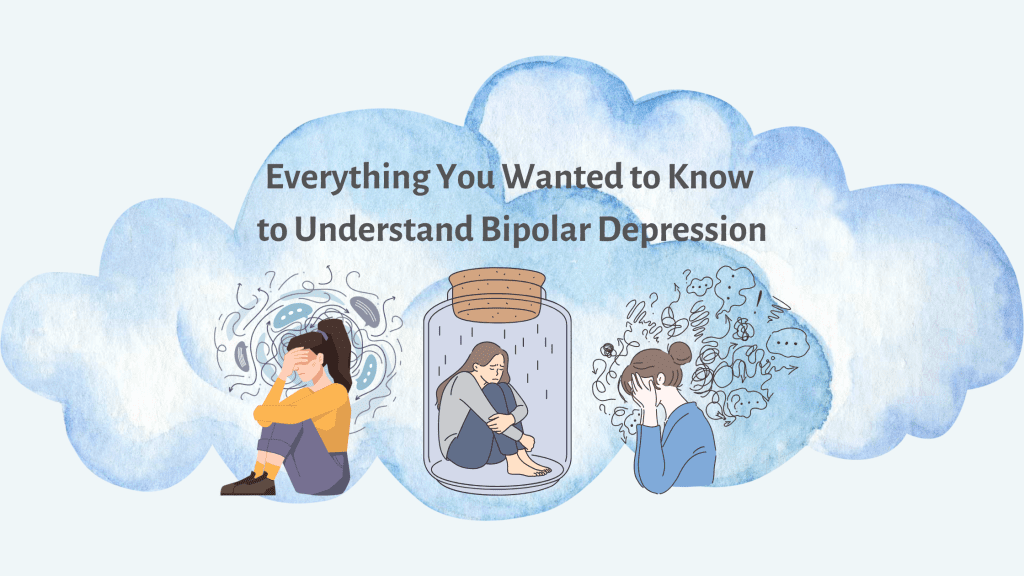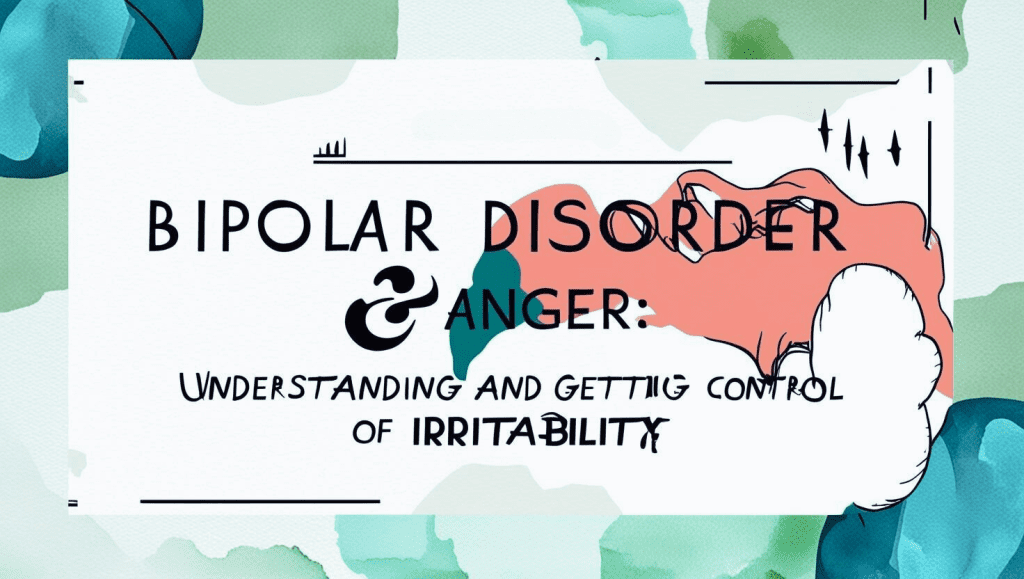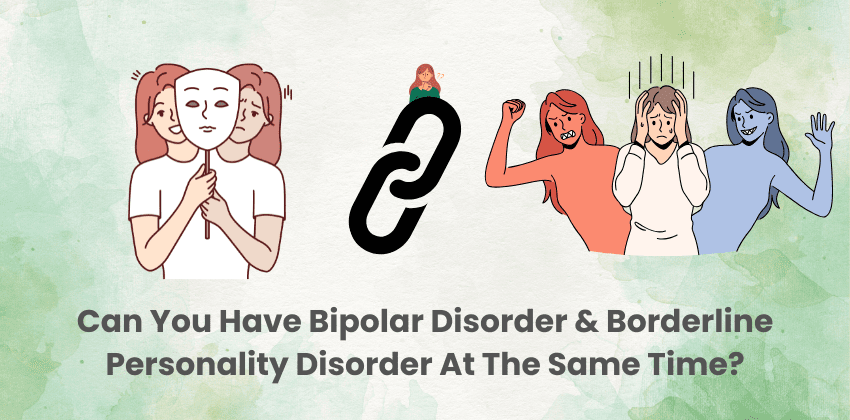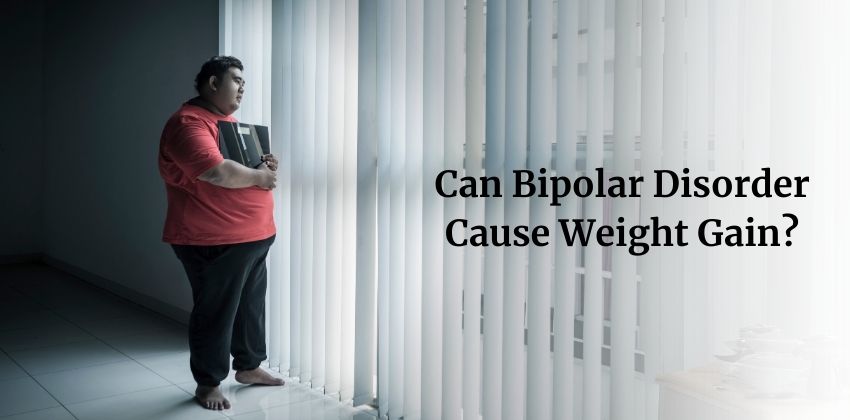Can Bipolar Disorder Cause Weight Gain? What a great question! Thanks to our community for bringing this to our attention. There are several reasons for weight gain to occur during the acute phases of bipolar disorder that are both directly and incidentally related. It’s important to know from the start that weight gain is a common issue in bipolar disorder, but it’s also reversible through lifestyle changes. Many aspects of bipolar disorder can exacerbate the situation, and weight gain can add extra stress to an already challenging situation. If you’re in this situation, it’s crucial to understand that we recognize the emotional toll and are here to support you in your recovery journey. Let’s delve into the reasons for weight gain in bipolar disorder. Understanding The Connection Bipolar disorder, a condition marked by extreme mood swings, impacts millions across the globe. Conversations about it, even our own, tend to revolve around emotional health, yet physical effects, like weight gain, can quietly shape a person’s quality of life profoundly. Research highlights a startling reality: nearly 68% of individuals undergoing treatment for bipolar disorder fall into the overweight or obese category. This statistic underscores the importance of understanding and addressing weight management as part of the broader treatment plan. So, the question arises: why does bipolar disorder lead to weight gain? 1. Medication The medications that bring a semblance of stability can also result in a person gaining extra pounds. Mood stabilizers, atypical antipsychotics, and some antidepressants are known culprits. These medications interact with histamine, serotonin, and other receptors in the brain, leading to increased appetite or slower metabolism. Some may even tamper with leptin, the hormone responsible for regulating hunger, leaving you craving more food than your body needs. 2. Metabolic Changes Metabolism is the set of life-sustaining chemical reactions in the human body. Its three main functions are converting the energy in food to energy available to run cellular processes, converting food to the building blocks of proteins, lipids, nucleic acids, and some carbohydrates, and eliminating metabolic wastes. When this vital process is not functioning correctly, it can lead to weight gain. Beyond medications, bipolar disorder itself may alter the body’s metabolic rhythm due to such factors as high levels of anxiety, sleep disturbance, unhealthy cravings, irregular eating patterns, and poor gut health. Individuals with bipolar disorder frequently show a higher incidence of metabolic syndrome—a cluster of conditions including high blood pressure, high cholesterol, hypothyroidism, and obesity—that makes managing weight even more challenging. For example, issues with thyroid health are a common comorbidity that is a root cause of weight gain. 3. Mood And Behaviours Mood swings often dictate eating patterns and physical activity levels. Depressive episodes might lead to overeating or emotional eating. At the same time, manic phases could see impulsive food choices or a lack of routine meals altogether. Intense cravings for processed sugars, junk food, and alcohol commonly lead to weight gain. Certain unhealthy foods become wired in the brain to provide comfort in the short term, but they lead to excessive weight gain in the long run. 4. Lifestyle Hurdles People with bipolar disorder often battle broader lifestyle challenges. Inconsistent exercise, strained relationships at home and work, unhealthy food choices, smoking, or substance use can all amplify the problem. 5. The Genetic Puzzle A genetic predisposition to both bipolar disorder and obesity may lie in your genes. Weight management can feel like an uphill battle if you’ve inherited this double-edged sword. We will explore genetics and bipolar disorder in another post. Managing Weight Gain with Bipolar Disorder While there’s no quick fix, several strategies can help: 1. Adjust MedicationsYou always have the agency to tell your healthcare provider to adjust your medication because you do not like the side effects of significant weight gain. Every mood stabilizer, antipsychotic, and antidepressant has an effective alternative. 2. Commit to Lifestyle ChangesIt’s easier said than done, but consistency is key. The BP Harmony Five Pillars of Bipolar Recovery is an excellent model for losing weight: sleep, nutrition, movement, mindfulness, and community. Check out this previous blog post on practical steps on nutrition to help you eat right. 3. Seek Professional GuidanceEnlist a team to support your journey: psychiatrist, nutritionist, therapist, personal friend or family member for accountability, and mental health coach. All of which can be found at BP Harmony Communities. Conclusion Living with bipolar disorder is a complex journey, and weight gain can feel like an unwelcome companion. However, with the support of our community, you can regain control over your mental and physical health through awareness, communication, and persistence. Remember, the goal isn’t perfection but progress. A healthier, more balanced life is within reach—one step, one choice, and one breakthrough at a time. Keep the faith and keep moving forward.

